One risk in rendering is the mechanical process of removing feathers from poultry, because this is done by rubber fingers that can break off and end up in the product stream. Another risk is the way in which poultry is held above the conveyor belt by plastic hangers, because these hangers can also break and fall into the product mix.
In addition to these inherent threats, many other types of unwanted objects - such as rubber gloves, hairnets, metal clips, plastic tags, foil, stones, and broken glass - have been known to turn up in renderers' product streams. Although some of these foreign materials are initially large enough to be seen, grinding processes reduce them in size to almost invisibly small fragments which the human eye cannot detect.
Tomra Food, the world's leading manufacturer of optical sorting machines for the food industry, last year became the first to provide advanced sorting solutions for pet food producers. With this move proving successful, the next logical step is to expand the company's offering to pet food renderers, who turn the by-products from animal food production into pet food ingredients. This new initiative is expected to be especially well received now that the economic pressures of the Covid-19 pandemic are making it more important than ever for renderers to maximise efficiency and minimise waste.
Rendering by-products from poultry, pork…

 Menü
Menü

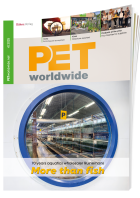



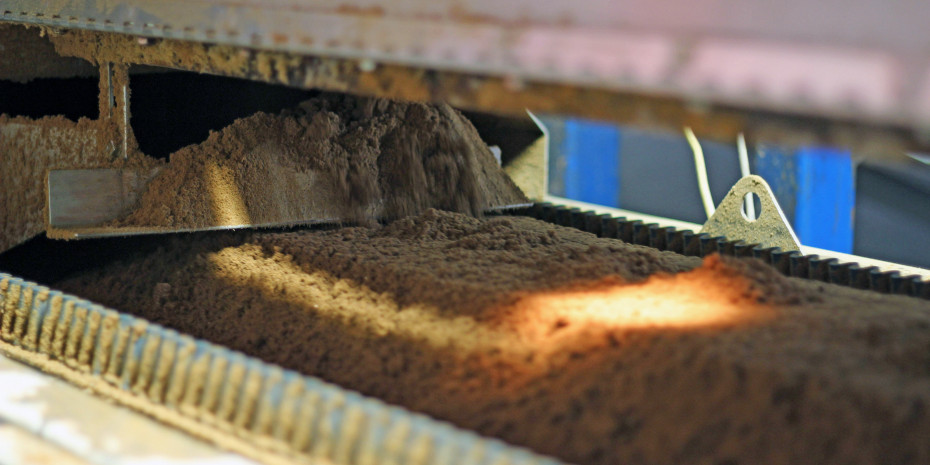


 3/2020
3/2020

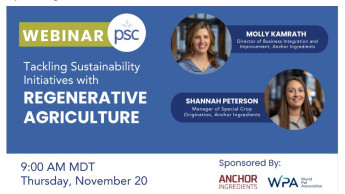
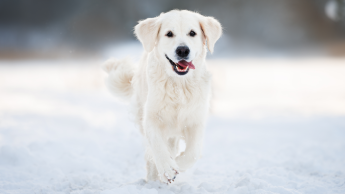
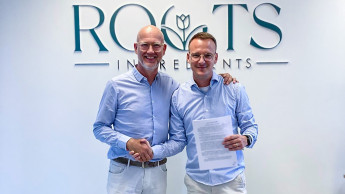
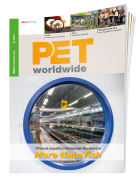
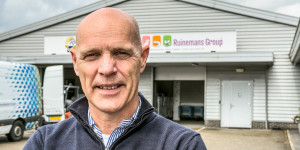

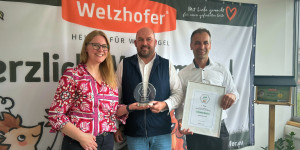
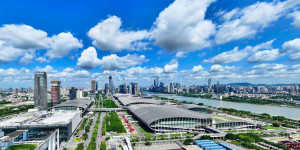

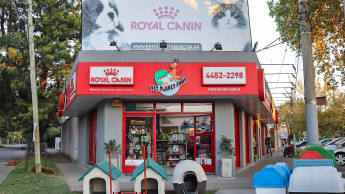
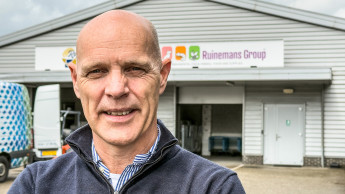
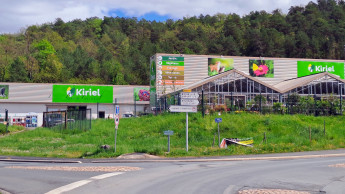
 Newsletter
Newsletter